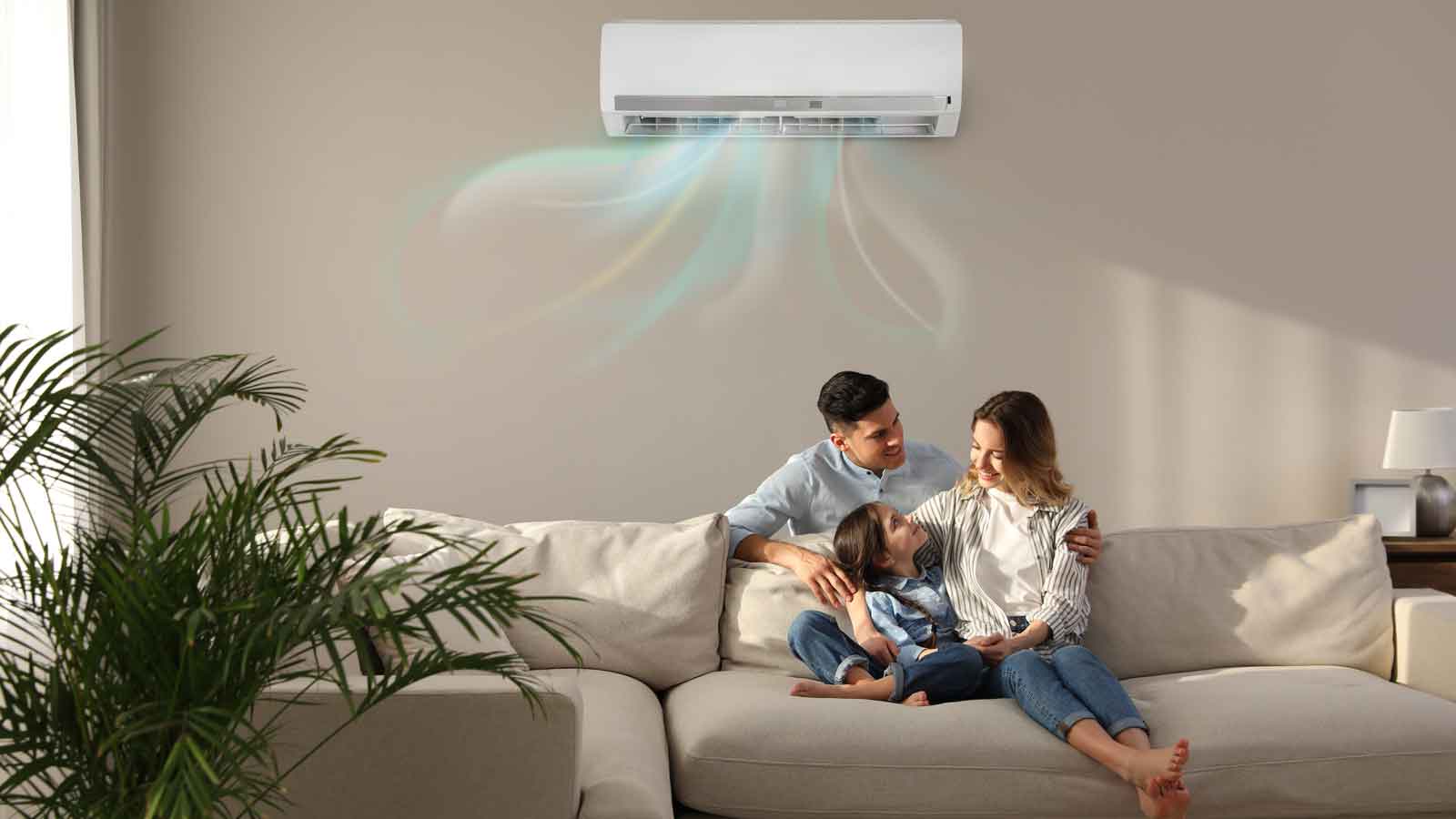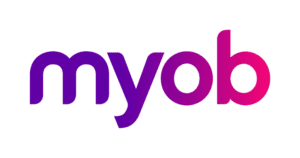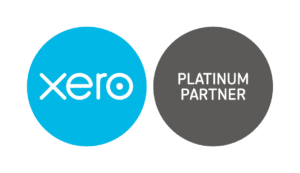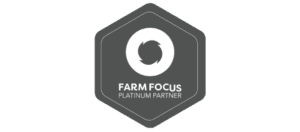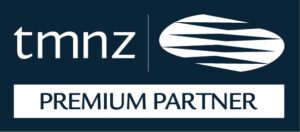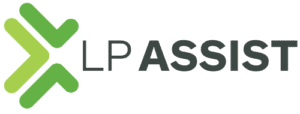As you are probably aware, under the Healthy Home standards introduced in recent years (stage one introduced in 2016 and applicable from 1st July 2019, and stage two introduced in 2019 and applicable from 1st July 2024), owners of residential rental properties are required to make sure that their properties meet certain minimum standards regarding insulation, heating and other measures.
In order to meet these healthy home standards, in many cases, landlords have been required to incur significant expenditures on their properties. The question that often arises is if owners of residential rental properties can claim an income tax deduction for these costs and if the full deduction is allowed in year one or spread over multiple years.
In accounting terms, this depends on if the expenditure is deemed to be revenue or capital in nature and will depend on the specific details of the work undertaken and the asset it relates to.
Generally, costs of a revenue nature are what would be considered Repairs and Maintenance, and are tax-deductible in the tax year that they are incurred. These may include:
- Repairing items that would otherwise meet the Healthy Homes standard if operational or in a reasonable condition
- Minor additions or alterations that do not change the character of the building such as sealing unused fireplaces, making mechanical ventilation systems compliant and some costs in relation to ground moisture barriers
- Replacing items on a like-for-like basis, where it was previously treated as part of the building
- Record keeping and providing information in tenancy agreements
Capital costs will generally result in a tax deduction for depreciation (spread over several years) unless they are “part of the fabric of a residential rental building”. The cost of items that are part of a residential rental building are added to the building’s cost and are depreciated at the building rate (generally this is 0%). Items that are likely to be part of the building include:
- Initial installation of smoke alarms
- Insulation
- Ducted or multi-unit heat pumps
- Most extractor fans and range hoods
- Flued fires
Capital costs for items that are not part of the building include electric panel heaters, single split-type heat pumps and window extractor fans. Such items are able to be depreciated at a prescribed rate. If the item was a low-value asset (under $1,000) the depreciation rate is 100% in the year of purchase.
The process of identifying Healthy Homes-related expenditure is not always simple, so if you have any questions in regards to this, please contact your client manager.


